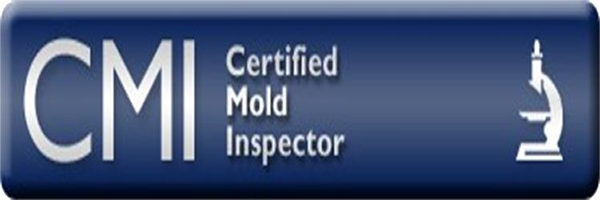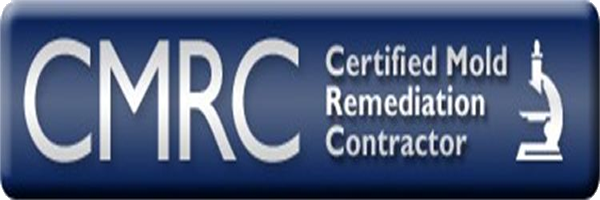
Welcome To Albuquerque Mold Inspection
30 EXPERT YEARS of Protecting Your Family from MOLDS
Mold growth, assessment, and remediation
Symptoms and Signs of Mold growth and exposure
- Nasal and sinus congestion, runny nose
- Eye irritation, such as itchy, red, watery eyes
- Respiratory problems, such as wheezing and difficulty breathing, chest tightness
- Cough
- Throat irritation
- Skin irritation, such as a rash
- Headache
- Sneezing
In general the EPA does not recommend sampling unless an occupant of the space is symptomatic. When sampling is necessary it should be performed by a trained professional who has specific experience in designing mold-sampling protocols, sampling methods, and the interpretation of findings. Sampling should only be conducted to answer a pertinent question: examples "what is the spore concentration in the air", or "is a particular species of fungi present in the building." The additional question should be asked before sampling "what action can or should a person take upon obtaining data."The sampling and analysis should follow the recommendations of Occupational Safety and Health Administration (OSHA), National Institute for Occupational Safety and Health (NIOSH),Environmental Protection Agency (EPA), and the American Industrial Hygiene Association (AIHA). Most importantly, when a sample is taken the proper chain of custody should be adhered to. The AIHA offers lists of accredited laboratories that submit to required quarterly proficiency testing.Three types of sampling include but are not limited to::
- Air sampling: the most common form of sampling to assess the level of mold. Sampling of the inside and outdoor air is conducted and the results to the level of mold spores inside the premises and outside are compared. Often, air sampling will provide positive identification of the existence of non-visible mold.
- Surface samples: sampling the amount of mold spores deposited on indoor surfaces (tape, and dust samples)
- Bulk samples: the removal of materials from the contaminated area to identify and determine the concentration of mold in the sample.






